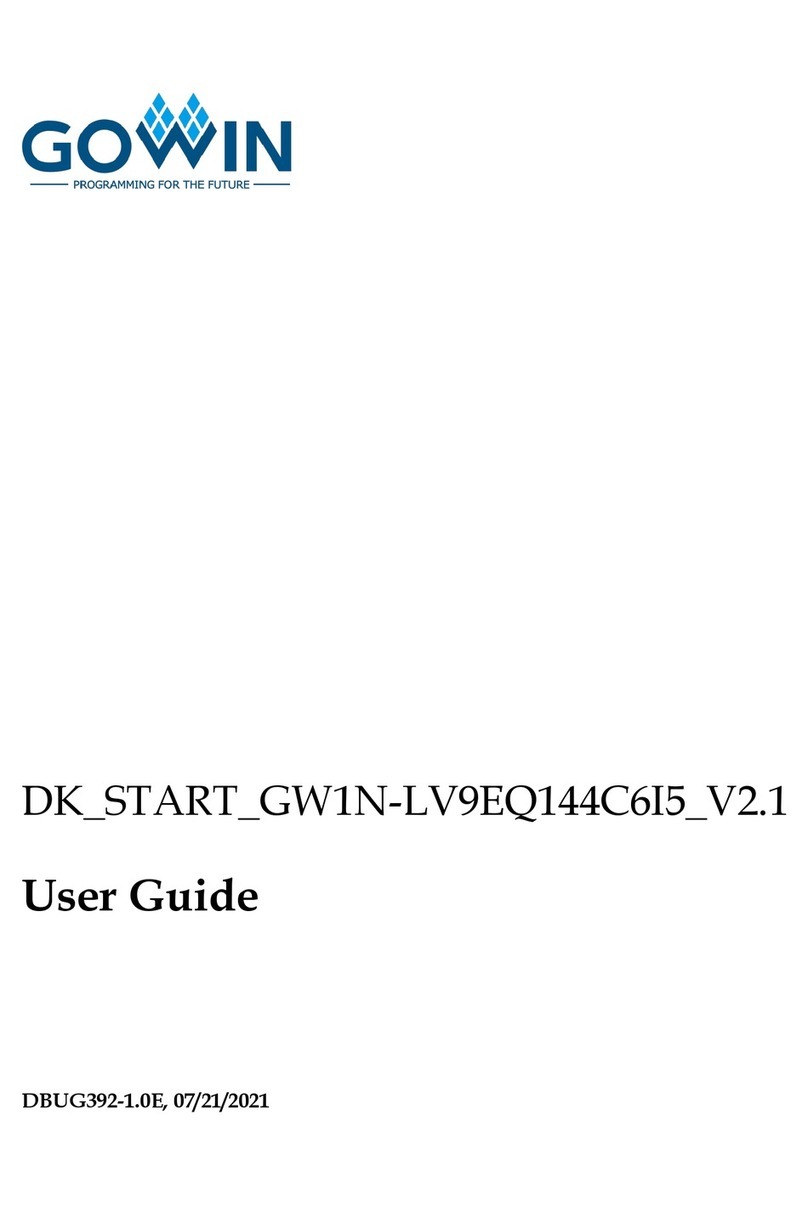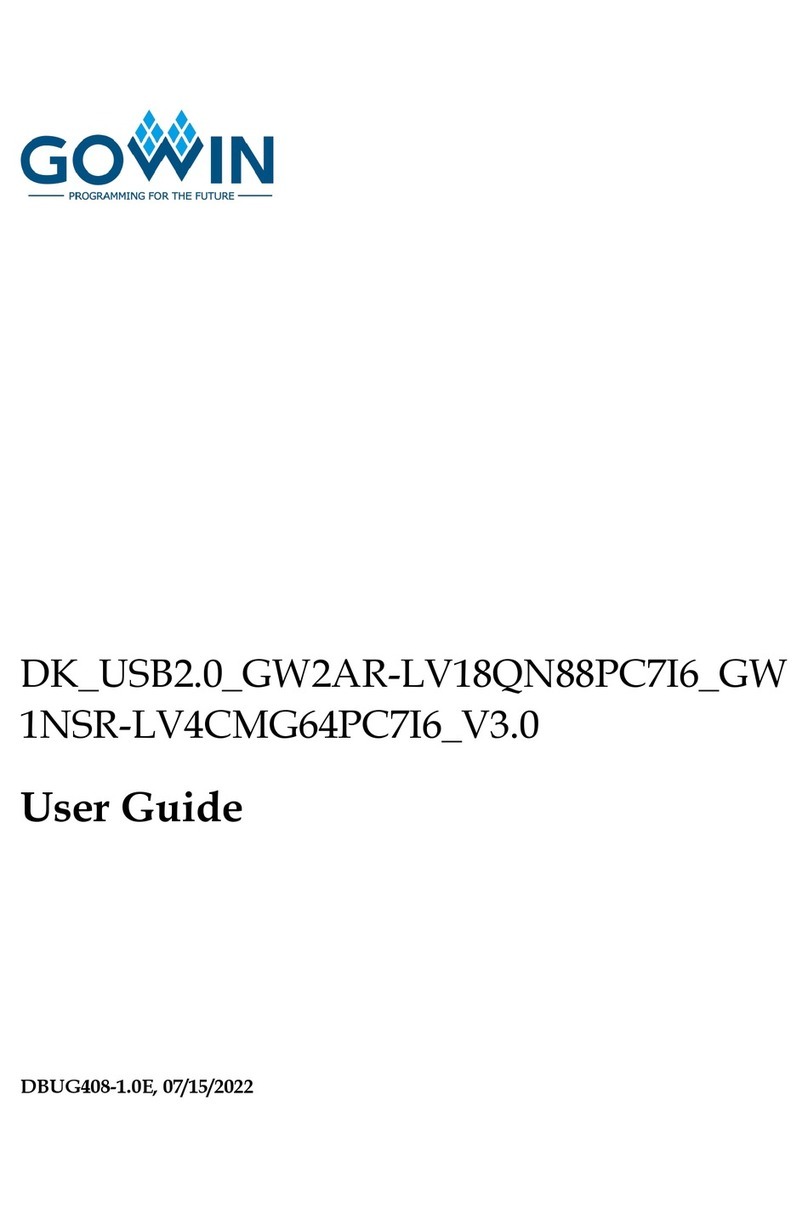Contents
Contents ...............................................................................................................i
List of Figures.....................................................................................................ii
List of Tables......................................................................................................iii
1About This Guide ..........................................................................................1
1.1 Purpose ..............................................................................................................................1
1.2 Related Documents ............................................................................................................1
1.3 Abbreviations and Terminology...........................................................................................1
1.4 Support and Feedback .......................................................................................................2
2Development Board Description..................................................................3
2.1 Overview............................................................................................................................. 3
2.2 A Development Board Suite................................................................................................4
2.3 PCB Components...............................................................................................................5
2.4 System Architecture............................................................................................................5
2.5 Features..............................................................................................................................6
3Development Board Circuit ..........................................................................8
3.1 FPGA Module .....................................................................................................................8
3.2 Download Module...............................................................................................................8
3.2.1 Introduction......................................................................................................................8
3.2.2 Pinsout............................................................................................................................. 9
3.3 Power Supply...................................................................................................................... 9
3.3.1 Introduction......................................................................................................................9
3.3.2 Power System Distribution ............................................................................................10
3.4 Clock, Reset ......................................................................................................................11
3.4.1 Introduction.....................................................................................................................11
3.4.2 Pinout..............................................................................................................................11
3.5 DDR3 .................................................................................................................................11


































